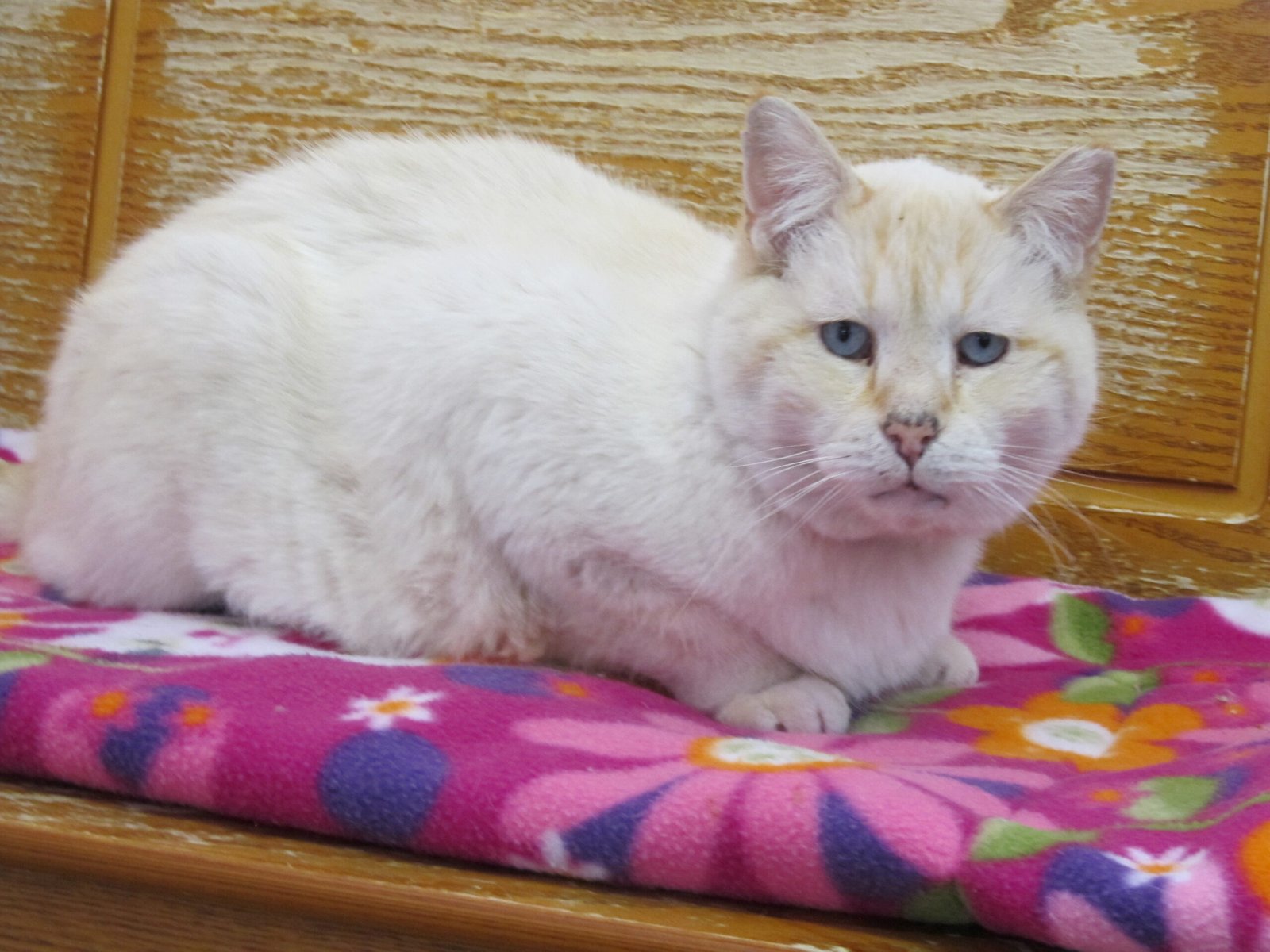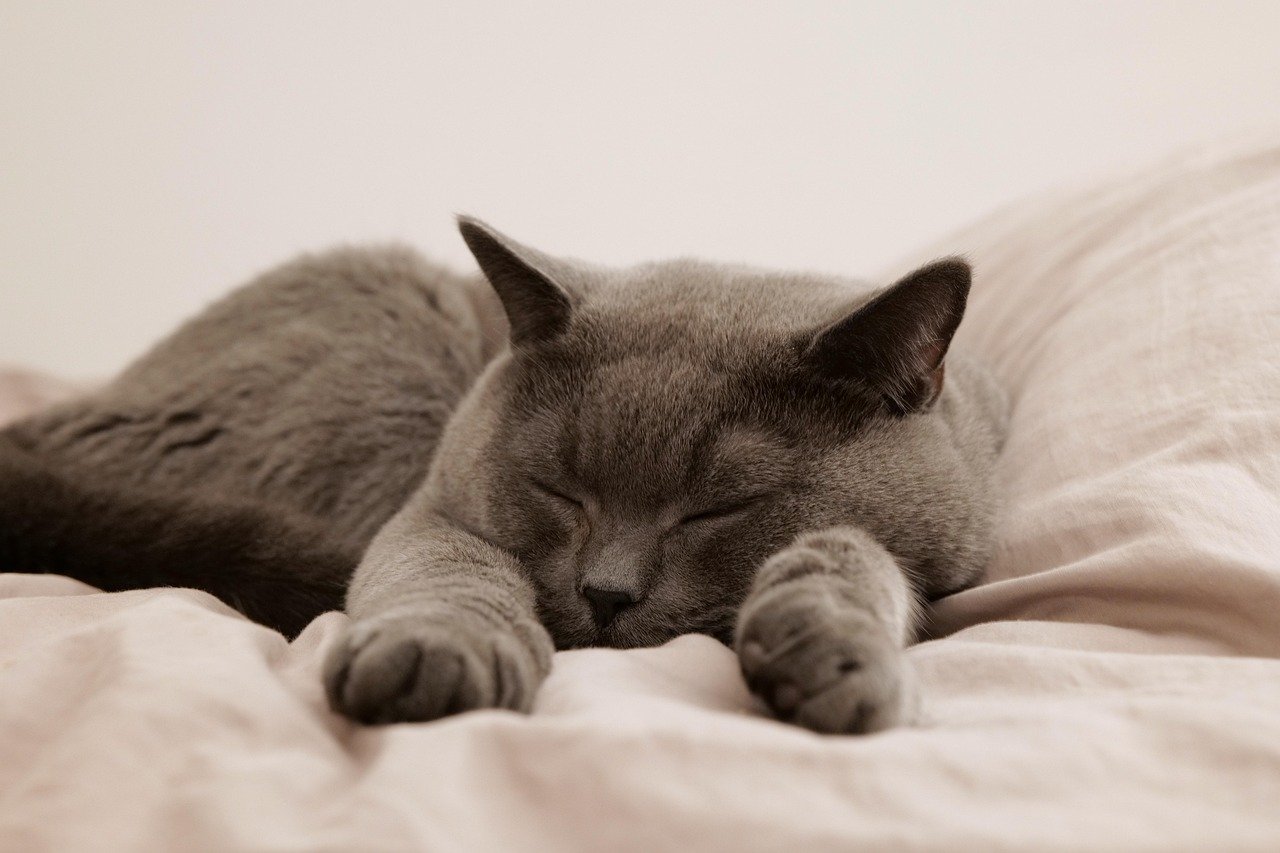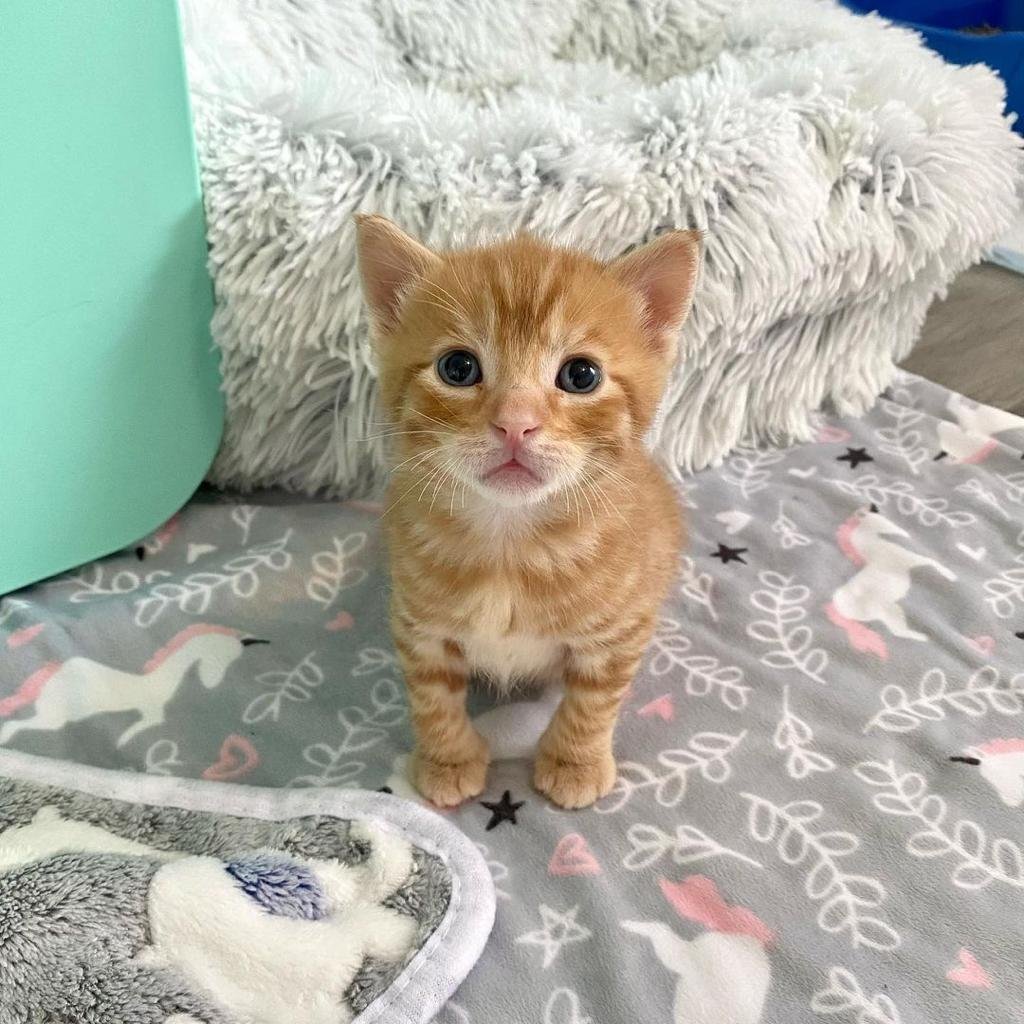Cats have long been considered independent creatures, often perceived as aloof or indifferent. However, anyone who has shared their life with a feline friend knows that these animals can display profound empathy towards their human companions. While they may not wag their tails like dogs or jump up with excitement when you enter the room, cats have their own unique ways of expressing understanding and compassion. This article explores the subtle yet powerful ways in which cats show empathy toward their owners, providing insights into the deep bond that can form between humans and their feline friends.
Purring: The Comforting Symphony
The gentle rumble of a cat’s purr is often associated with contentment and relaxation, but it can also be a sign of empathy. Cats often purr when they sense their owner is upset or unwell. This comforting sound is believed to have healing properties, as the frequency of a purr can help reduce stress and promote healing. When a cat curls up next to you and starts purring, it’s their way of saying, “I’m here for you.”
Head Butting: The Affectionate Gesture
A cat’s headbutt, also known as “bunting,” is a sign of affection and trust. When a cat gently nudges you with their head, they’re marking you with their scent, signifying that you are part of their family. This gesture is not only a way for cats to show their love but also an empathetic response to your presence, reinforcing the bond between you and your feline companion.
Kneading: The Soothing Massage
Kneading, often referred to as “making biscuits,” is a behavior that cats carry over from kittenhood. When a cat kneads your lap, it’s a sign of comfort and security. This behavior is often seen when a cat senses that their owner needs some emotional support. The rhythmic motion can be incredibly soothing, providing a sense of calm and connection between you and your cat.
Following You: The Loyal Companion
While cats are known for their independence, they can be surprisingly loyal companions. If your cat follows you from room to room, it may be their way of showing empathy. By staying close, they provide silent support, ensuring that you’re never alone. This behavior demonstrates their desire to be near you, especially during times when you may need it the most.
Mirroring Your Emotions: The Emotional Reflector
Cats are highly perceptive creatures, capable of picking up on human emotions. They often mirror their owner’s mood, becoming more active when you’re happy and more subdued when you’re sad. This empathetic behavior reflects their understanding of your emotional state, allowing them to provide companionship that aligns with your needs.
Vocal Responses: The Conversational Partner

Cats have a unique way of communicating with their owners through vocalizations. Some cats are more talkative than others, and they often respond to their owner’s voice with meows, trills, or chirps. These vocal responses can be a form of empathy, as your cat attempts to engage in a dialogue with you, offering comfort and companionship through their unique language.
Bringing Gifts: The Loyal Provider
While it may not always be pleasant to receive a “gift” from your cat in the form of a mouse or bird, this behavior is actually a sign of empathy and care. Cats are natural hunters, and by bringing you a gift, they are demonstrating their desire to provide for you. This gesture is a way for them to show their love and concern for your well-being.
Sleeping Next to You: The Protective Guardian

Cats are territorial animals, and when they choose to sleep next to you, it’s a sign of trust and empathy. By staying close during the night, your cat is not only seeking warmth and comfort but also acting as a protective guardian. This behavior signifies their desire to watch over you and ensure your safety while you rest.
Slow Blinking: The Gentle Connection
A slow blink from a cat is often referred to as a “kitty kiss.” This behavior is a sign of trust and affection, and it’s their way of showing empathy towards you. When a cat gazes at you and slowly blinks, they’re expressing their contentment and love. You can reciprocate this gentle gesture by slow blinking back, reinforcing the bond between you and your feline friend.
Grooming You: The Tender Caregiver

Cats are meticulous groomers, and when they extend this behavior to you, it’s a sign of deep empathy. By licking your hand or face, your cat is exhibiting caregiving behavior, similar to how they would groom a sibling or kitten. This act of grooming is a way for them to show their affection and concern, providing a sense of comfort and closeness.
Staying Close When You’re Ill: The Compassionate Companion

Many cat owners have noticed that their feline friends seem to know when they’re not feeling well. Cats often choose to stay close to their owners when they’re sick, providing warmth and companionship. This empathetic behavior demonstrates their understanding of your vulnerability and their desire to offer support during difficult times.
Playful Engagement: The Joyful Entertainer
Cats have a playful side, and engaging in play with their owners can be a form of empathy. By initiating play, your cat is attempting to lift your spirits and provide a distraction from stress or sadness. This behavior not only strengthens the bond between you and your cat but also offers a joyful and light-hearted way to connect.
In conclusion, cats are more than just independent creatures; they are capable of deep empathy and understanding. Through various behaviors and gestures, cats show their love and support for their human companions, creating a bond that is both unique and profound. Whether through a gentle purr, a loyal presence, or a playful interaction, cats have an incredible ability to connect with us on an emotional level.

Linnea is a born and bred Swede but spends as much time as possible in Cape Town, South Africa. This is mainly due to Cape Town’s extraordinary scenery, wildlife, and atmosphere (in other words, because Cape Town is heaven on earth.) That being said, Sweden’s majestic forests forever hold a special place in her heart. Linnea spends as much time as she can close to the ocean collecting sea shells or in the park admiring puppies.






